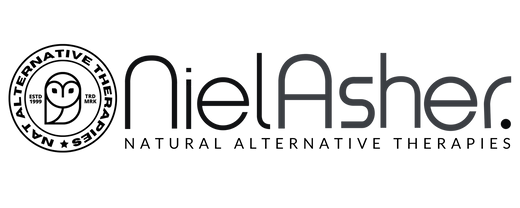Understanding Trigger Points - Embryological Development of Fascia

An overview of the embryological origin of connective tissues may provide some insights into the formation and location of trigger points.
Trigger points tend to manifest within the epimysium according to myofascial strain patterns, which start to develop very early on in the developing embryo, and may also be related to fetal alignment in the womb.
These strain patterns develop as we mature from childhood to adulthood and are influenced by, for example, posture, weight gain, and mechanical injury. Fascia supports organs, wraps around muscles, and condenses to form ligaments, aponeuroses, and even bone when infiltrated by calcium salts.
By the end of the seventh week of development, the embryo has most of its organs, bones, muscles, and neurovascular structures in place. A group of “filler cells” begins to proliferate around these structures. This filler is derived from mesodermal tissue, a primitive fascia that is constructed from cells, fibers, and intercellular matrix.
This matrix has the consistency of fiberglass insulation in a soft, jelly-like substrate. In most body areas, this primitive fascia remains supple until birth. In some areas, however, it condenses and becomes “directional” in response to internal and external pressures and tensions. Ligaments and tendons begin to form in these areas. Stress and strain lines develop in these tissues, and bone salts are laid down, causing primitive ossification.

As the bones grow, they drag some of the connective tissue fibers into “differentiated” ligaments. An example of this is the pre-vertebral cartilage, which grows and pushes into the mesodermal connective tissue beds. As it does so, it creates lines of stress that help to maintain integrity and provide a scaffold for further directional growth. As the bones start to grow, the complexity of strains and directional pulls results in the differentiated spinal ligaments (flavum, posterior longitudinal, etc.).
It has also been reliably demonstrated that primitive organ growth relies on this mesodermal intracellular matrix. The “potential” pancreas, for example, will only differentiate into a mature organ in the specific presence of this “primitive” potential fascia. It has been suggested that the primitive or potential fascia creates a “specific energy field” in which the cells of the “potential” organ mature and differentiate (Schultz & Feitis 1996). This may make more sense when we consider that the bones, muscles, ligaments, and myofascial elements of connective tissue all share a characteristic pattern of growth.
Muscles, connective tissue and referred pain maps
The relationship between a developing muscle and its enveloping connective tissue, myofascia, is complex. The stress lines may provide a key to understanding this relationship. It has been suggested that during the second month of embryological development, connective tissue is laid down before muscle tissue, and that a clump of “potential muscle tissue, caught within this directional pull, differentiates into mature muscle oriented along the line of pull” (Schultz & Feitis 1996). These clumps of muscle tissue elongate through directional pressure. At this point they develop, differentiate, mature, and grow in size through mitotic cell reproduction to form the muscles as we know them. In other words, it is the growth of fascia along lines of stress and strain that is the powerhouse of muscle orientation and development. This also explains why muscle action is not singular, but interconnected.
For example, a contraction of the biceps brachii muscle will exert a force on the fascia of the whole arm, shoulder, and neck. Fascia has neither beginning nor end, and is described by anatomists according to location. On closer inspection the myofascial bags surrounding the muscles are actually part of a continuum. This may also go some way to explaining the referred pain patterns stimulated by pressing on a trigger point.

Ready to take your practice to the next level?
Explore which continuing education course is right for you.















